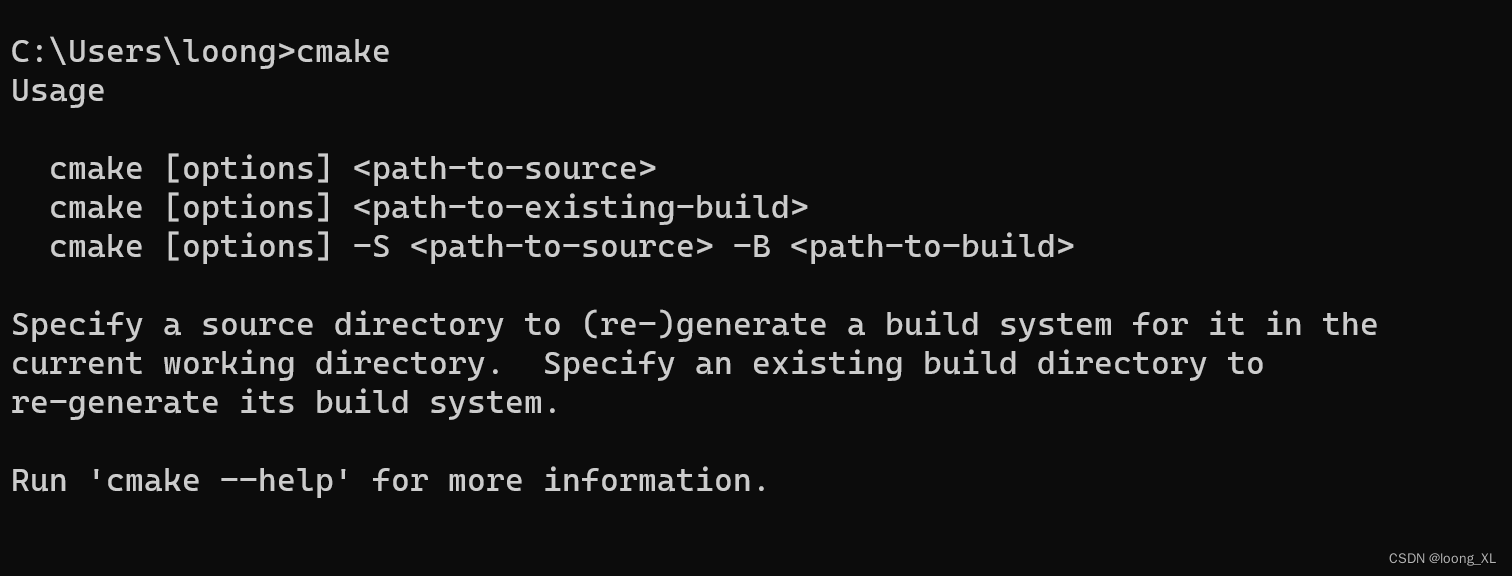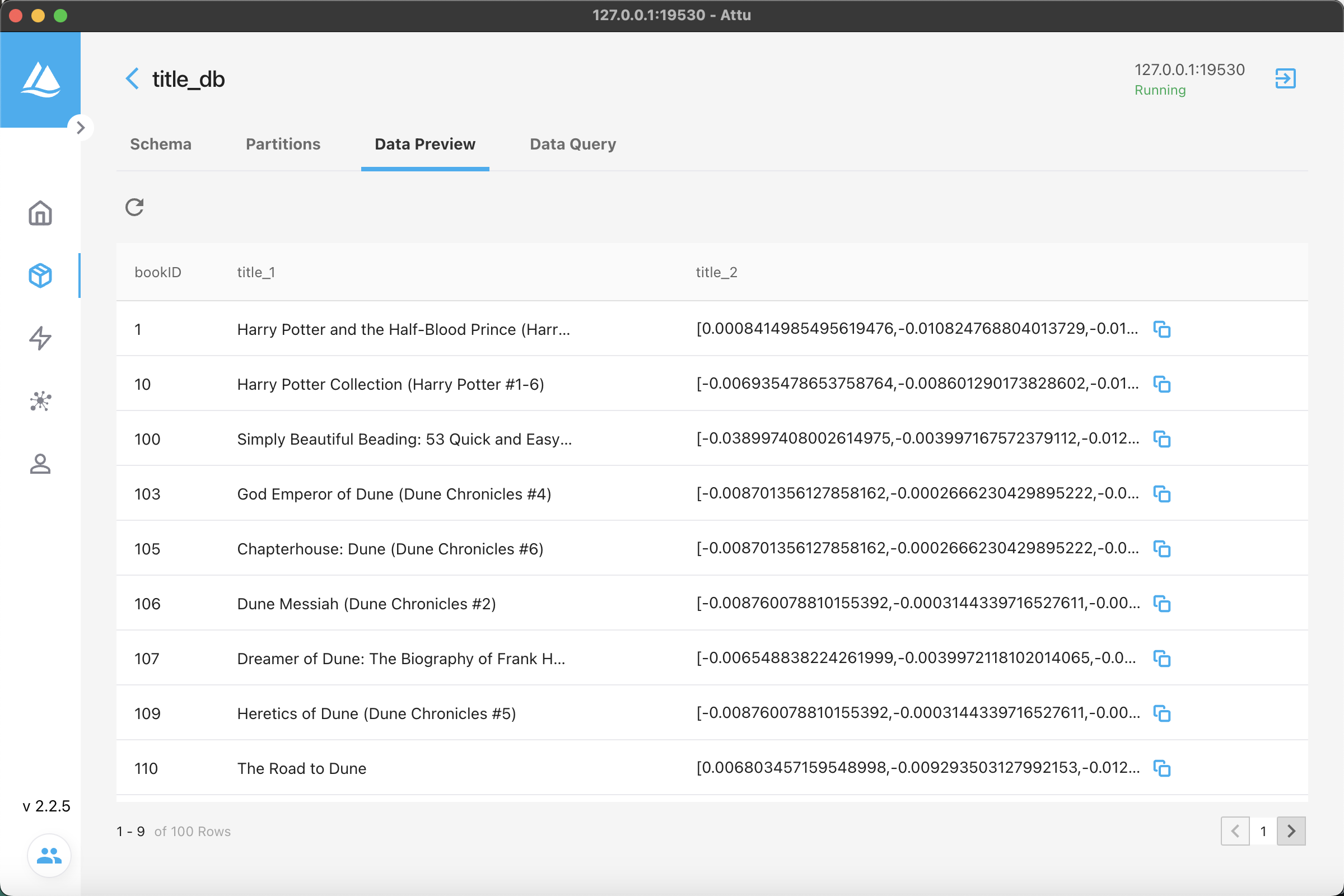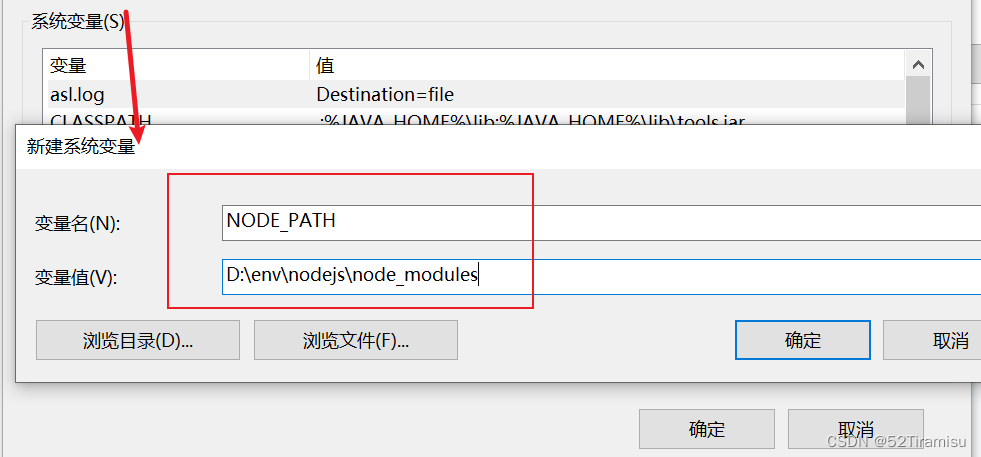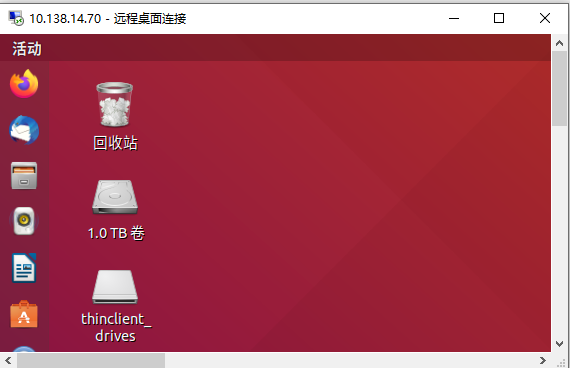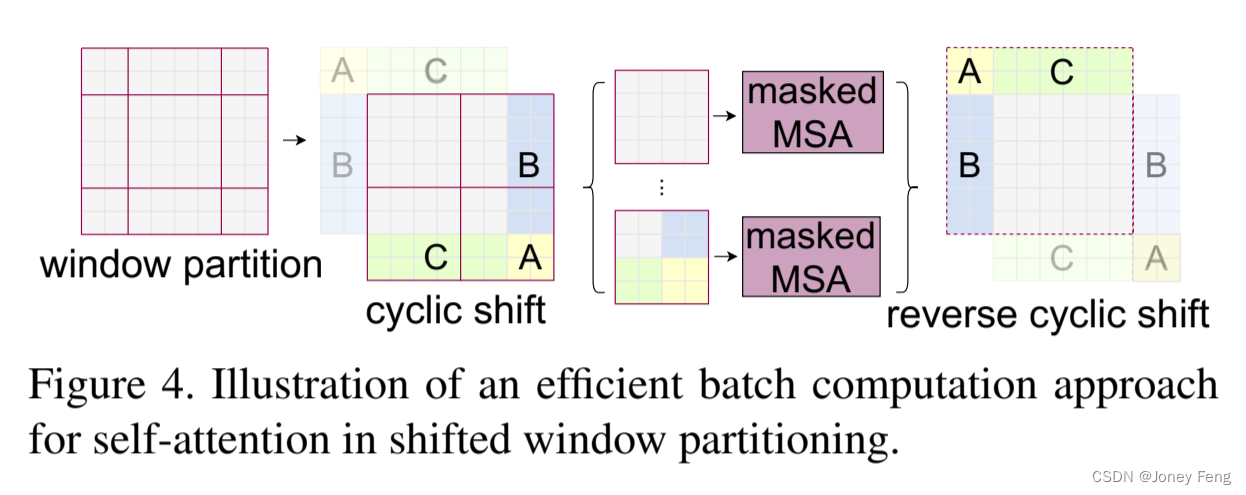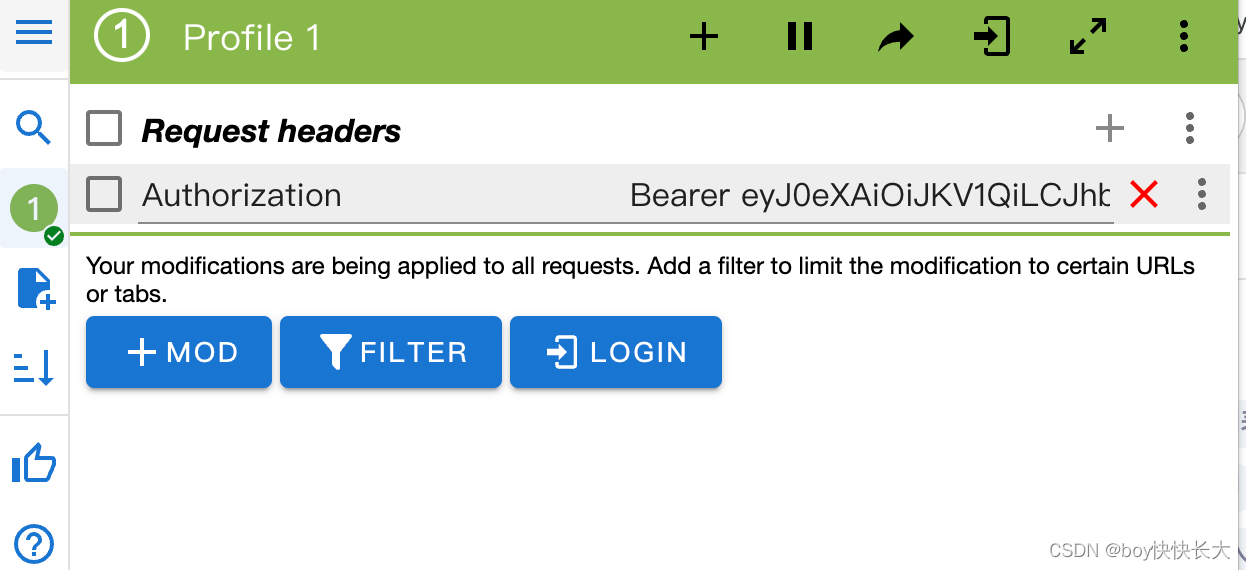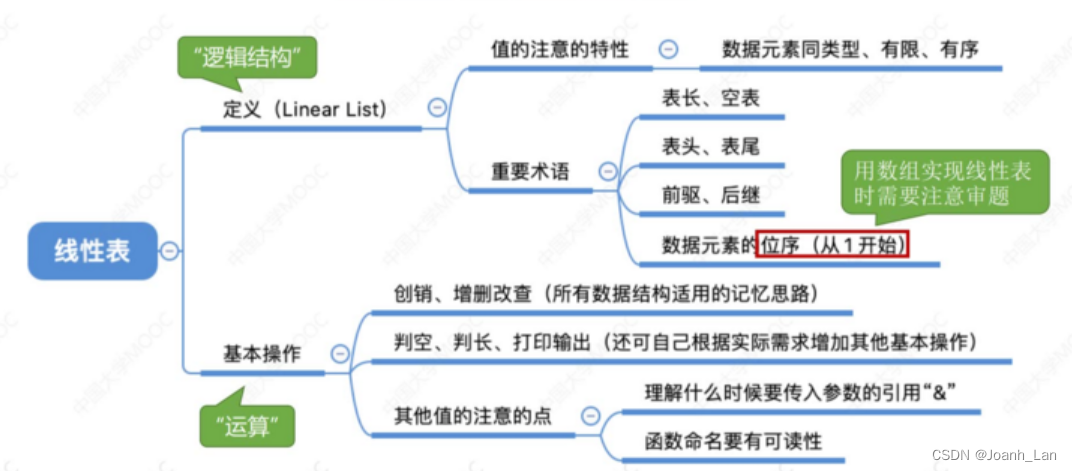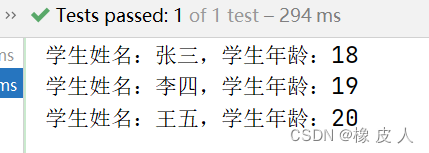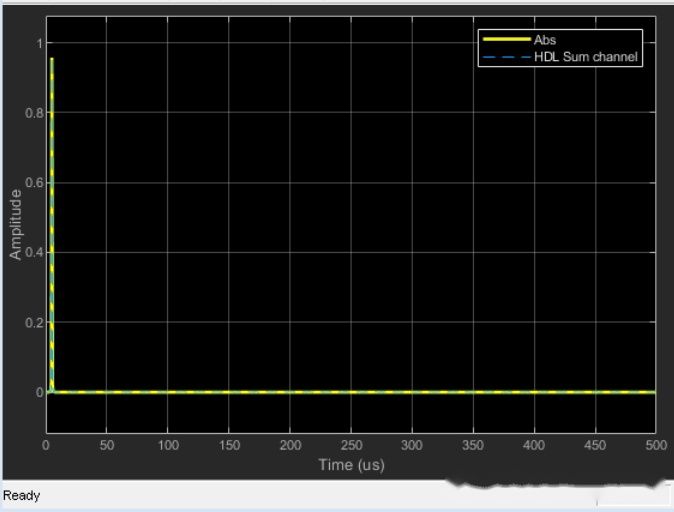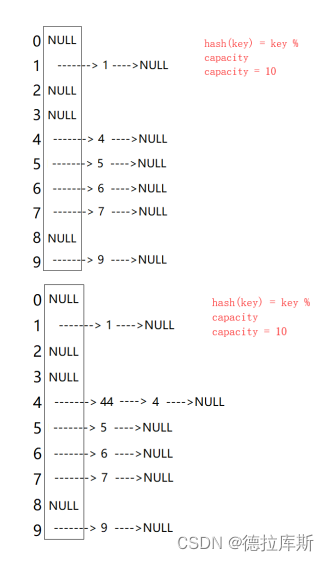注释相当完善了,不啰嗦。直接上代码:
import lombok.extern.slf4j.Slf4j;
import org.apache.commons.lang3.StringUtils;
import org.apache.commons.lang3.reflect.FieldUtils;
import org.apache.ibatis.executor.parameter.ParameterHandler;
import org.apache.ibatis.executor.statement.StatementHandler;
import org.apache.ibatis.mapping.BoundSql;
import org.apache.ibatis.mapping.ParameterMapping;
import org.apache.ibatis.mapping.ParameterMode;
import org.apache.ibatis.plugin.Interceptor;
import org.apache.ibatis.plugin.Intercepts;
import org.apache.ibatis.plugin.Invocation;
import org.apache.ibatis.plugin.Signature;
import org.apache.ibatis.reflection.MetaObject;
import org.apache.ibatis.session.Configuration;
import org.apache.ibatis.session.ResultHandler;
import org.apache.ibatis.type.TypeHandlerRegistry;
import org.springframework.stereotype.Component;
import java.sql.Statement;
import java.util.*;
import java.util.stream.Collectors;
/**
* mybatis sql 日志拦截器, 用于打印SQL相关信息(例如:实际执行SQL语句,SQL执行时间,查询记录数等)
* <p>
* 关于 @Intercepts注解说明:
* 为了让拦截器能够精确地拦截特定的方法,需要使用 @Intercepts 注解来声明拦截的方法和参数类型
* 该注解包含一个参数,即一个 @Signature 类型的数组,用于指定要拦截的方法。每个 @Signature 注解表示一个要拦截的方法签名,其中包括以下属性:
* <p>
* type:被拦截的目标类或接口。在这里,StatementHandler.class 表示拦截 MyBatis 中的 StatementHandler 类。
* method:被拦截的方法名。可以通过字符串指定方法名或使用方法引用。
* args:被拦截方法的参数类型数组。用于指定被拦截方法的参数类型及顺序。
* 在以下代码中的注解示例中,拦截器指定了对 StatementHandler 类中的三个方法进行拦截,分别是:
* <p>
* query(Statement.class, ResultHandler.class):拦截 StatementHandler 类中的 query 方法,该方法有两个参数,分别是 Statement 和 ResultHandler。
* update(Statement.class):拦截 StatementHandler 类中的 update 方法,该方法有一个参数,即 Statement。
* batch(Statement.class):拦截 StatementHandler 类中的 batch 方法,该方法也有一个参数,即 Statement。
* 通过使用 @Intercepts 注解和 @Signature 注解,可以精确地指定要拦截的方法和参数类型,从而实现对特定方法的拦截和处理。
*
* @author zt
*/
@Slf4j
@Component
@Intercepts({@Signature(type = StatementHandler.class, method = "query", args = {Statement.class, ResultHandler.class}),
@Signature(type = StatementHandler.class, method = "update", args = {Statement.class}),
@Signature(type = StatementHandler.class, method = "batch", args = {Statement.class})})
public class MybatisLogSqlInterceptor implements Interceptor {
/**
* 定义一个包含需要添加单引号括起来的参数类型集合。
*/
private static final Set<String> NEED_BRACKETS =
Collections.unmodifiableSet(new HashSet<>(Arrays.asList("String", "Date", "Time", "LocalDate", "LocalTime", "LocalDateTime", "BigDecimal", "Timestamp")));
/**
* MyBatis的配置对象。
*/
private Configuration configuration = null;
/**
* 拦截器的核心方法,用于拦截并处理SQL语句执行前后的逻辑。
*
* @param invocation Invocation 类是 MyBatis 框架提供的一个接口,定义了用于描述方法执行的信息和操作的方法。
* 在方法拦截时,MyBatis 将被拦截的方法封装成 Invocation 对象,并作为参数传递给拦截器。
* <p>
* Invocation 接口中定义了以下几个重要的方法:
* <p>
* Object getTarget():获取目标对象,即被拦截的对象。
* Method getMethod():获取被拦截的方法对象。
* Object[] getArgs():获取被拦截方法的参数列表。
* Object proceed() throws Throwable:继续执行被拦截的方法。
* Object proceed(Object[] args) throws Throwable:继续执行被拦截的方法,并使用指定的参数列表。
* Object getThis():获取代理对象,即拦截器生成的代理对象。
* 通过 Invocation 对象,我们可以获取被拦截方法的相关信息,如目标对象、方法名称、参数列表等。拦截器可以根据这些信息对方法进行额外的处理,比如记录日志、性能监控、权限验证等。最后,通过调用 proceed() 方法,可以继续执行被拦截的方法。
* <p>
* 在代码中,Invocation invocation 参数被用于执行被拦截方法,并在方法执行前后进行一些额外的操作。
* @return
* @throws Throwable
*/
@Override
public Object intercept(Invocation invocation) throws Throwable {
Object target = invocation.getTarget();
long startTime = System.currentTimeMillis();
// 初始化行数为 1
int lines = 1;
// 默认状态为 "失败"
String status = "failed";
try {
// 执行原始方法,并获取返回结果
Object proceed = invocation.proceed();
// 如果返回结果为集合,则统计行数
if (proceed instanceof Collection<?>) {
lines = ((List<?>) proceed).size();
}
// 执行成功,将状态设置为 "成功"
status = "success";
return proceed;
} finally {
// 计算 SQL 执行耗时
long sqlCost = System.currentTimeMillis() - startTime;
// 获取 SQL 语句
String sql = this.getSql(target);
// 打印日志
log.info("\u001B[38;5;220mSQL 执行结果:{}. SQL 信息:{}\u001B[0m", status, sql);
log.info("\u001B[38;5;220m耗时:{} mm. Total:{}\u001B[0m", sqlCost, lines);
}
}
/**
* 获取 SQL 语句
*
* @param target 获取目标对象,即被拦截的对象。
* @return 实际执行SQL语句
*/
private String getSql(Object target) {
try {
// 获取 StatementHandler 对象
StatementHandler statementHandler = (StatementHandler) target;
// 获取 BoundSql 对象
BoundSql boundSql = statementHandler.getBoundSql();
if (configuration == null) {
// 通过反射获取 Configuration 对象
final ParameterHandler parameterHandler = statementHandler.getParameterHandler();
this.configuration = (Configuration) FieldUtils.readField(parameterHandler, "configuration", true);
}
// 格式化 SQL 语句并返回
return formatSql(boundSql, configuration);
} catch (Exception e) {
// 异常处理,打印警告日志
log.warn("获取 SQL 语句失败:{}", target, e);
return "无法解析的 SQL 语句";
}
}
/**
* 格式化 SQL 语句
*
* @param boundSql 绑定的 SQL 对象,包含 SQL 语句和参数信息
* @param configuration MyBatis 的配置信息对象,用于获取配置信息
* @return 格式化后的 SQL 字符串
*/
private String formatSql(BoundSql boundSql, Configuration configuration) {
// 获取原始 SQL 语句
String sql = boundSql.getSql();
// 获取参数映射列表
List<ParameterMapping> parameterMappings = boundSql.getParameterMappings();
// 获取参数对象
Object parameterObject = boundSql.getParameterObject();
// 判断是否为空
if (StringUtils.isEmpty(sql) || Objects.isNull(configuration)) {
return "";
}
// 获取 TypeHandlerRegistry 对象
TypeHandlerRegistry typeHandlerRegistry = configuration.getTypeHandlerRegistry();
// 移除 SQL 字符串中的空格、换行符等
sql = sql.replaceAll("[\n\r ]+", " ");
// 过滤掉输出参数的参数映射
if (parameterMappings == null) {
return sql;
}
parameterMappings = parameterMappings.stream()
.filter(it -> it.getMode() != ParameterMode.OUT)
.collect(Collectors.toList());
// 使用 StringBuilder 保存格式化后的 SQL
final StringBuilder result = new StringBuilder(sql);
// 解析问号并替换参数
for (int i = result.length(); i > 0; i--) {
if (result.charAt(i - 1) != '?') {
continue;
}
ParameterMapping parameterMapping = parameterMappings.get(parameterMappings.size() - 1);
Object value;
String propertyName = parameterMapping.getProperty();
// 判断绑定的附加参数中是否有对应的属性名
if (boundSql.hasAdditionalParameter(propertyName)) {
value = boundSql.getAdditionalParameter(propertyName);
} else if (parameterObject == null) {
value = null;
} else if (typeHandlerRegistry.hasTypeHandler(parameterObject.getClass())) {
value = parameterObject;
} else {
// 使用 MetaObject 获取属性值
MetaObject metaObject = configuration.newMetaObject(parameterObject);
value = metaObject.getValue(propertyName);
}
if (value != null) {
// 判断参数类型,如果是需要添加括号的类型,则添加单引号
String type = value.getClass().getSimpleName();
if (NEED_BRACKETS.contains(type)) {
result.replace(i - 1, i, "'" + value + "'");
} else {
result.replace(i - 1, i, value.toString());
}
} else {
// 参数值为空时,替换为 "null"
result.replace(i - 1, i, "null");
}
// 移除已处理的参数映射
parameterMappings.remove(parameterMappings.size() - 1);
}
return result.toString();
}
}执行结果(我给日志上了颜色,方便独立区分):

实际使用中,也可以根据自己的需要,在代码内自定义扩展自己的需求。




